How to feed indoor lemon
Indoor plant lovers appreciate the lemon tree for its exoticism and attractive appearance. Even in winter, a miniature tree pleases the eye with a bright green mass, and during the fruiting period, an abundance of delicate flowers, ovaries and fruits is observed on its shoots. And often flowering and fruiting occurs simultaneously.
The plant needs regular and frequent feeding. With a lack of nutrients, it begins to hurt and dies. Fertilizers should be both organic and mineral. How to feed lemon at home - read on.
The content of the article
Types of dressings for indoor lemon in a pot
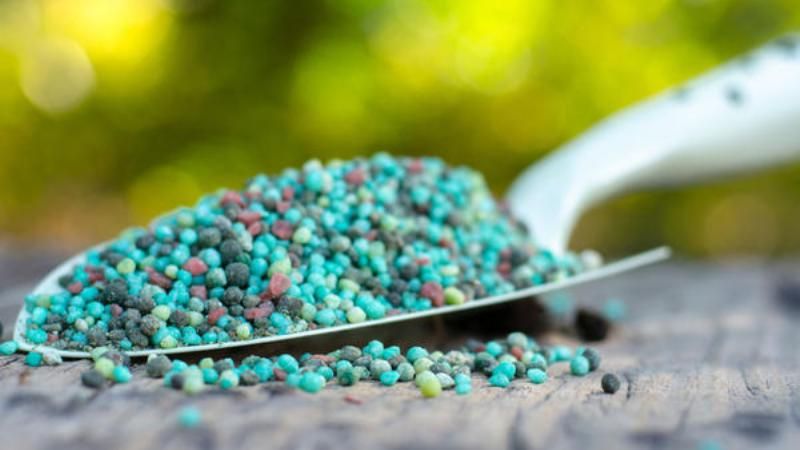
Regular feeding for indoor lemon is a guarantee of plant health. Only with an abundance of necessary nutrients will the plant bloom and bear fruit.
In poor soil, citrus begins to hurt. Its leaves change shape and color, fall off. The potted lemon tree stops developing, forming shoots and ovaries.
In appearance lemon it is not difficult to understand what substances he lacks. The main elements and signs of their deficiency are presented in the list:
- Potassium. With a deficiency of potassium, the pours become large and folded, and then begin to fall off. Shoots stop developing. The fruits are small with a thin crust, they are few. If the lack of potassium is combined with high humidity, sticky spots form on the lemon tree.
- Phosphorus. With a shortage of this substance, metabolism is disturbed. The fruits take on an ugly shape, become small, coarse, dense and tasteless. The leaves fade and brighten.
- Nitrogen. Responsible for the development of the plant and the formation of green mass. With a nitrogen deficiency, yellow spots appear on the leaves, they increase in size, new leaves have a pale yellowish-green tint. The process of photosynthesis is disrupted. The growth of the plant is delayed. Few are produced and they are small.
- Calcium. If there is a lack of an element, the sheet plates twist and drop. The top of the tree turns pale.
- Iron. The development of chlorosis is a consequence of a lack of iron. This problem is characterized by the following symptoms: light underdevelopment of fruits that fall off the drying stalks, pale yellowish leaves, drying of the top of the tree.
- Manganese. The leaves become pale, a pattern of veins stands out on them.
- Bor. With boron deficiency, the leaves turn pale and turn yellow, the veins dry out and crack. Watery spots appear on the leaf plates. Fruits become covered with dark spots and resin clots.
- Copper. The top of the tree is wilting.
These elements must be present in citrus baits. Some other substances are also useful for lemons. For example, some gardeners water the potting soil with a solution of glucose, which provides energy for the tree to grow.
The most important elements are phosphorus, potassium and nitrogen. Moreover, lemon needs 2 times more nitrogen than phosphorus and potassium.
Important! Citruses are fed on schedule, observing the proportions of fertilizers. An excess of nutrients is no less detrimental to the condition of plants than a deficiency.
Mineral
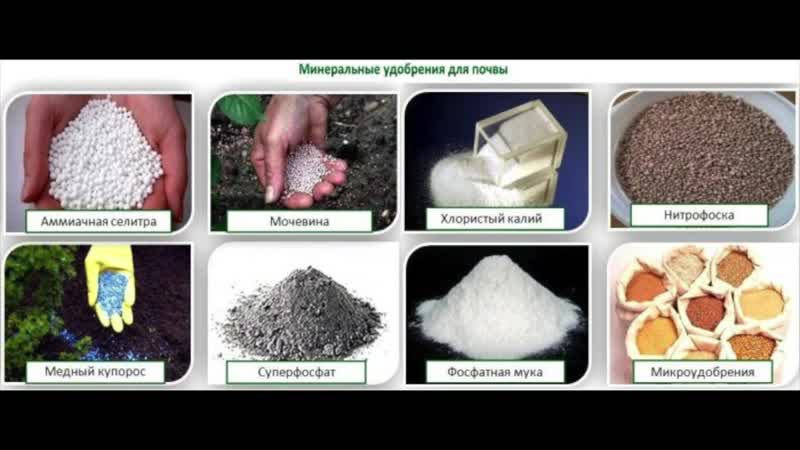
Mineral fertilizers are applied at least once every 2 weeks. It is recommended to alternate organic and mineral formulations.
In specialized stores they sell ready-made mixtures of trace elements.Both special preparations for citrus fruits and universal preparations for flowering plants and fruit trees are suitable. Such fertilizers are diluted according to the instructions, without exceeding the dosage. The concentrated solution will burn the plant roots.
Attention! When choosing complex fertilizers for lemon, pay attention to the composition. It should be free of chlorine. This substance is contraindicated in citrus fruits and causes the development of chlorosis.
Prepare mineral dressings and independently. For this, mono-fertilizers are used. They are mixed with each other or used separately.
The list indicates how to feed the lemon and the approximate concentration of the most popular mineral compounds is given:
- Ammonium nitrate... Used as a nitrogen fertilizer. Take 15 g of the drug per liter of water. For one plant, use from 0.5 to 1 liter of fertilizer, depending on the size of the pot.
- Superphosphate. It is a source of phosphorus. It is used in 2 ways. In the first case, 25 g of superphosphate is boiled in 0.5 l of water until completely dissolved. The resulting concentrate is mixed with 5 liters of water. No more than 1 liter of the product is used per plant. Granules are also used as a prolonged-release agent. For this, 10-15 g of the drug is instilled into the ground. When watering, the granules will slowly dissolve, saturating the soil with phosphorus.
- Inkstone. For a healthy plant, a monthly feeding of 2 g of the product diluted in a liter of water is sufficient. With signs of chlorosis, 40 g of ferrous sulfate is taken for this amount of liquid.
- Potassium salt. Saturates the soil with potassium. For 1 liter of water, take 2 g of the substance.
- Manganese-sour potassium. Source of manganese and potassium. 1 g of the drug is taken per liter of water.
Some of the substances presented are usually used in combination, others separately. For example, potassium, ammonium nitrate and superphosphate are often mixed. Iron vitriol and manganese-sour potassium are introduced separately.
It is recommended for novice growers to use a ready-made mixture of micro and macro elements. Mixing individual elements is a complex science that requires practical experience and knowledge.
Note! Unsettled tap water contains a lot of chlorine and increases the risk of chlorosis. When using this liquid for watering, the plant will need more iron.
Organic
Organic fertilizers are no less important for the plant than mineral fertilizers. They are also applied at least 2 times a month, alternating with mineral preparations.
How to fertilize lemon (organic):
- Chicken and pigeon droppings. 1 kg of manure is poured into a bucket of water. The rest of the volume is filled with water. The ingredients are mixed until completely dissolved.
- Cow or horse manure... The manure is diluted in a ratio of 1: 3 with water. The agent is allowed to brew for a week. Then the resulting volume is diluted with 3 parts of water. One plant uses from 0.5 to 1 liter of fertilizer.
- Biohumus. Sold in gardening stores. It is diluted with water in a ratio of 1: 5.
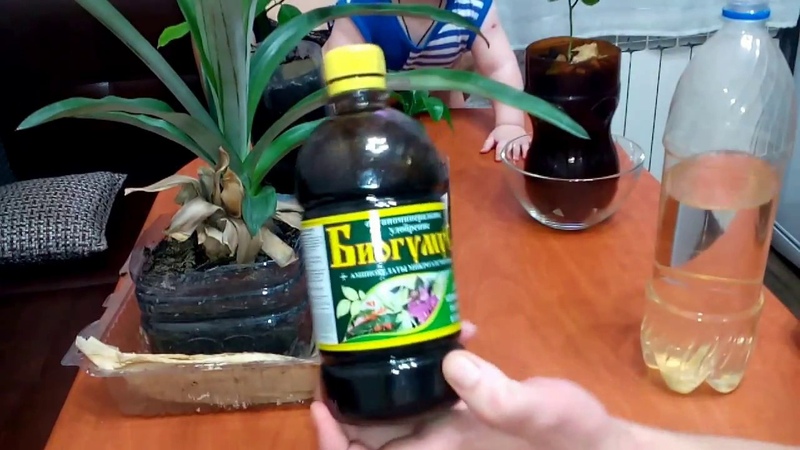
- Humus. For 1 part of humus, take 5 liters of water.
It is useful to add humus and horse manure to the soil when transplanting. To do this, add 1 part of the total mass of fertilizer to the mixture. This feeding is enough for 4-6 months.
Advice! It is recommended to add superphosphate or ash to organic feed. Substances not only saturate the soil with important minerals, but also improve the digestibility of organic matter.
Folk recipes
Houses for indoor plants also use non-standard products prepared according to folk recipes. They are prepared from pharmaceutical preparations or conventional products.
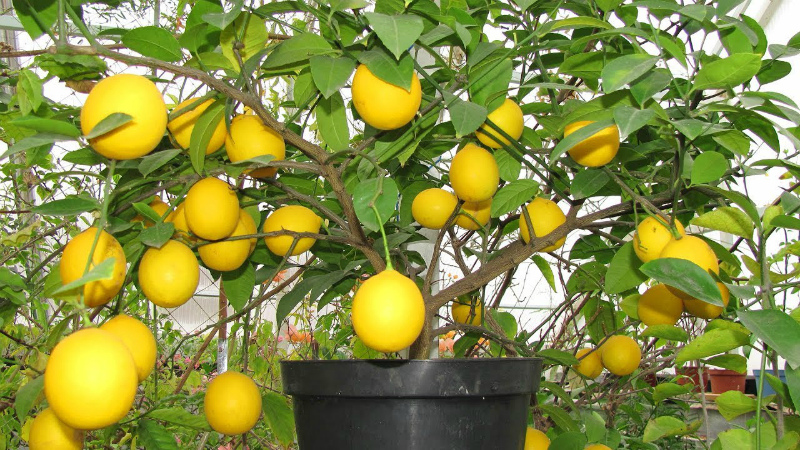
Folk remedies:
- Aquarium water... Instead of pouring water with waste products when cleaning the aquarium, it is watered with lemon. This liquid contains vermicompost, which is useful for lemons.
- Tea and coffee. These funds are used in two ways. The most economical is to bury used tea or coffee brews into the topsoil.However, this variant often causes the appearance of fruit flies. It is more convenient to water the plant with strained strong tea or coffee.
- Ash. It contains a large amount of potassium and phosphorus. To prepare a solution in 1 liter of water, add 1-2 liters of powder. It is helpful to add ash to a solution of chicken manure or manure.
- Pond silt. They watered the soil in a pot in an undiluted form. An hour later, the soil is loosened.
- Quinoa or nettle. There are two ways to apply top dressing: wet and dry. For the wet method, 50 g of dry grass is brewed with a liter of boiling water. The composition is poured over a lemon. The dry method involves burying a handful of grass in the ground. Nutrients will be washed out of it when watering.
- Infusion of banana skins and eggshells. In a 3 liter jar, lay the peel of 6 bananas and the shell of 6 eggs (preferably with films). The infusion is insisted for a week. Then it is diluted ½ with water. For 1 adult plant, 1 liter of fertilizer is consumed.
- Fish broth... For 1 liter of water, take 300 g of small fish or fish waste. The mixture is brought to a boil and cooked over low heat for an hour. The liquid is filtered and diluted with an equal amount of water.
- Sugar. During the active growing season, a one-time feeding with glucose will be useful to lemon, which will accelerate the growth of the plant. To do this, dilute 2 tsp of sugar in a glass of water and pour over the lemon with the resulting composition. Some gardeners put undissolved sugar in the pot.
- Joiner's (bone) glue. 50 g of bone glue is poured into 1 liter of water and boiled until the product becomes liquid. The resulting composition is poured over a lemon.
- Potassium permanganate. For feeding, a light pink solution of potassium permanganate is prepared. They water the plant in the evening, after sunset. Ultraviolet rays destroy the active compounds, preventing them from being absorbed.
How to feed a lemon tree during flowering at home
During flowering, the plant needs an increased amount of nitrogen. Nitrogen fertilizers are applied at least 2 times a week. It can be either ammonium nitrate or homemade remedies.
In addition, lemon needs phosphorus and potassium. It is better to use complex fertilizers based on all three essential substances. To prepare the drug, 35 g of superphosphate, 30 g of urea and 35 g of potassium are dissolved in 10 liters of water.
To accelerate the formation of ovaries, the tree is sprayed with agents containing boron. Homemade recipe - a solution of 1 tablet crushed into powder in a glass of water.
Advice! It is recommended to alternate a mixture of urea, superphosphate and potassium with organic fertilizers.
According to this principle, the lemon must be fertilized all spring and early summer. Proper feeding will help the plant to form inflorescences faster and reduce the likelihood of their falling off.
Fertilizing during fruiting for fast ripening
During fruiting, a lemon needs in special care. In order for the fruits to form correctly and ripen quickly, it is important to provide the tree with a sufficient amount of useful elements.
During this period, special attention is paid to complex mineral fertilizers. They should contain all the substances necessary for citrus.
In stores there are special dressings for lemons, for example, "Growth Master Elite for citrus fruits". They contain the optimal amount of the required amount of substances.
If there is no opportunity to buy specialized products, superphosphate, ammonium nitrate, potassium salts, manganese and iron are used. Some of the substances can be replaced with folk remedies, for example, instead of superphosphate and potassium, they use an ash solution, bone glue or fish broth, and instead of nitrogenous fertilizers - slurry or infusion on banana skins. Iron sulfate will have to be added separately.
Note! The advantage of folk remedies is that many of them contain most of the substances that lemon needs.
According to this principle, lemon is fed all summer and spring.This is done even if inflorescences and fruits are simultaneously present on the tree.
How to feed lemon for beginners
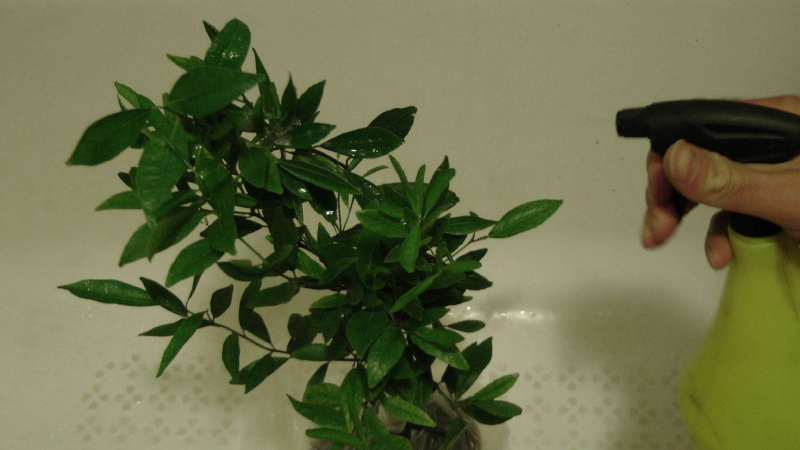
Top dressing is necessary for lemon for proper growth, development and fruiting. However, if fertilizers are applied incorrectly, they will only harm the plant.
Observe the basic rules and nuances of introducing nutrient formulations:
- Water the lemon abundantly before fertilizing. This is done so that the nutrient composition is evenly distributed over the soil and does not burn the roots.
- Fertilizers are applied in the morning or evening when the sun is inactive. Doing this during the day increases the risk of leaf burns.
- When the plant is under stress, no fertilizing is used. Therefore, at least a week after pruning or transplanting, the lemon is not fed.
- For the preparation of nutrient solutions, settled warm water is used. The chlorine in the fertilizer liquid will harm the lemon.
- The concentration of the fertilizer must not be exceeded. This will burn the roots and create excess nutrients, which are also harmful. For example, with too abundant nitrogen fertilization, the tree forms a lot of green mass, but the fruits develop little, and they are small.
- In winter, with the correct temperature regime, the lemon goes into a dormant state. There is no need to feed him. If the room is warm, complex fertilizer is applied once a month.
It is interesting:
Orange variety of Meyer's lemon: description, advantages and disadvantages, cultivation features.
Conclusion
Lemon is a plant that is demanding on the composition of the soil. It forms a large number of inflorescences and fruits, which consumes many nutrients. To avoid an imbalance of macro- and microelements and the tree does not hurt, it is fed every week throughout the growing season. The break is made only in winter.
For feeding lemon, both purchased and homemade products are used. The main condition is that they must contain a sufficient amount of phosphorus, nitrogen, potassium, manganese, iron, calcium and boron.